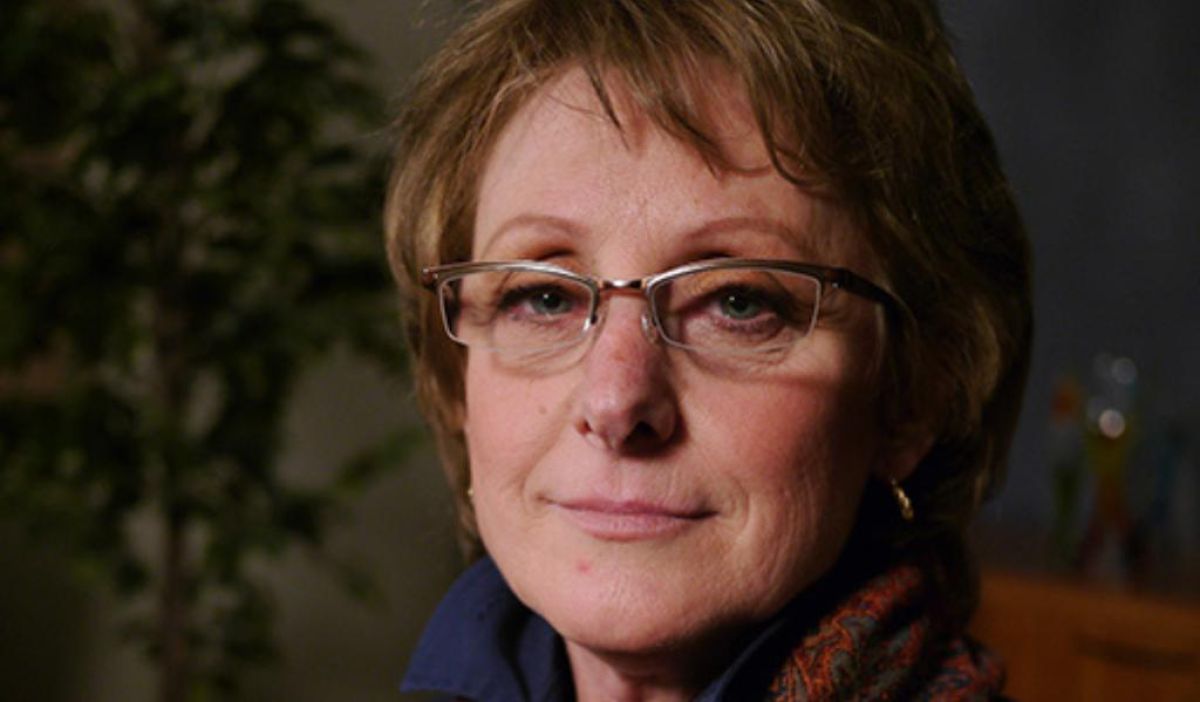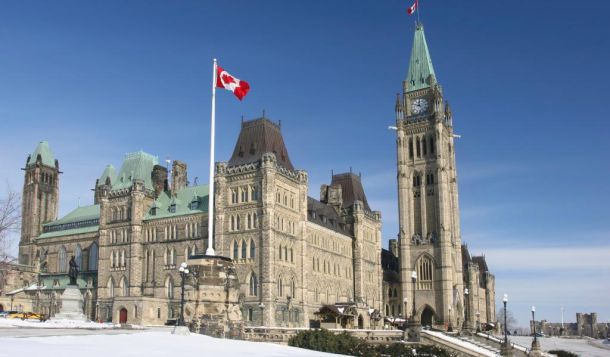Terri encourages others to strengthen patient and provider teamwork

Terri Sabo had places to be and people to see. Terri was a go-getter.
At age 43 she began feeling tired. She’d huff, puff and perspire after walks up hilly Nanaimo streets.
Terri saw her doctor and was sent to an allergist. Her G.P. blamed an allergy to the family dog.
The staff at her Vancouver Island business school, however, remained concerned with her barking cough. Terri returned to her doctor, who diagnosed a cold.
Terri’s staff was adamant she demand a chest X-ray. So she returned to her doctor, who relented.
On the night of her son Joey’s seventh birthday, Terri received a message about needing an ECG.
After the test, she was sent to hospital, where doctors gave her unusual news: You’re in heart failure, they said.
“That was the start of things that could go wrong, did go wrong,” she says. “First, a whole year of being misdiagnosed and ending up in heart failure.”
Both her grandmother and mother died before 40 of heart failure. Terri told every doctor about her family history.
“No one took that into consideration the whole year,” she says.
Terri spent a week in hospital and was then referred to a cardiologist. Tests revealed that Terri’s cardiac ejection fraction — a rating of heart efficiency — was 20 per cent. In healthy hearts, it’s closer to 60.
The good news? Medications to lower heart rate and blood pressure would allow her heart to recover. Terri was put on beta blockers, ace inhibitors, diuretics and tranquilizers.
“I went to sleep,” says Terri. “I was probably in bed for 22 of 24 hours.”
But she tried to always be up and dressed when her son came home from school, to ease his worries.
“The treatment actually worked phenomenally well,” she says. “When I went back a year later my ejection fraction was up to 50. And a year after that it was 60. It was hurray, this is great.”
Terri was told she could begin to halve her medications in stages, over time, as long as her blood pressure and heart rate remained at safe levels.
She took the instructions to her G.P. and things began to unravel. At appointments, her doctor rationalized Terri’s readings as mood related, or from coffee intake.
Do you want to go back on full doses of your meds? Terri declined, fearing another year of virtual hibernation.
Eventually, Terri went back to the cardiologist, who was upset. Terri’s blood pressure was high and tests showed it had been too high for ages. Her medications, meanwhile, were far below prescribed levels. Her cardiac ejection fraction was back down to 28.
“I had no idea I could get to this point again,” says Terri. “I had no idea my blood pressure was skyrocketing again.”
It wasn’t easy, but Terri changed doctors and approached her health the way she would business, with goals and teamwork. Her ejection fraction is back up to 45, but at the price of low energy and a far less active lifestyle.
“There is this big push for patient self management,” says Terri, now a patient-safety advocate. “What I want to get across is you can’t ask patients to self manage. That’s a cop out. That’s not everybody taking ownership.”
Yes, patients and doctors need to work as a team, she says. But family doctors, specialists and pharmacists must join and communicate with each other, she says.
If her cardiologist and doctor had communicated even periodically during Terri’s initial course of medications, her heart would be healthier today and her life much different.
Terri is especially saddened by how her illness affects her loved ones. Family activities are curtailed or cancelled. She lost her business and was forced to file for personal bankruptcy.
“There is no turning it around this time,” she says. “There is no third chances for me. I thank God everyday that I’m alive. I know how lucky I am. But sometimes I don’t feel so lucky.”
Terri’s experience highlights the importance of communication in healthcare.


